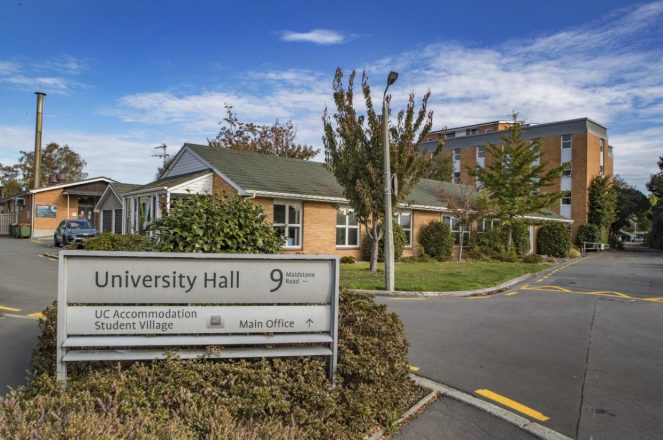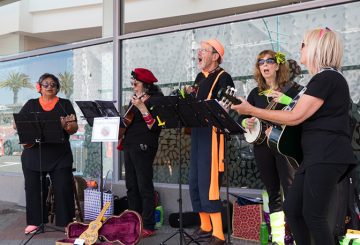カンタベリー大学は、2つの寮の学生が試験中に食中毒で病気になった可能性があることを調査しています。キャンパスライフ担当エグゼクティブ・ディレクターのポール・オフラハティは、ユニバーシティ・ホールとイラム・スチューデント・アコモデーションの学生が一晩で病気になったと報告しました。
匿名を希望するある学生は、日曜日の夕食後、200人以上の学生が一晩中嘔吐したり重度の下痢を起こしたりしたと言いました。彼らは、早朝にトイレで長蛇の列ができていることを説明しました。
その夜のメニューには、チキンスブラキ、豆ソースをかけたライス、ウェッジが含まれていました。中にはトイレに急いでたどり着いたために廊下の窓から嘔吐物が落ちる様子を映した動画を共有した学生もいました。
カンタベリー大学の試験期間が先週の火曜日から始まったので、多くの学生が、自分の試験に特別な配慮をしてもらえないか知りたがっていました。しかし、報告によると、大学側は非難を避けるため、食中毒という呼び方から胃腸炎と呼ぶようになったそうです。一部の学生は、病気なのに試験に出席しなければならないと言われました。
ある学生は、特に夕食を抜いた学生は病気ではなかったので、これほど多くの学生が同時に胃腸になることはありそうもないと不満を表明しました。
別の学生は、病気による混乱のため、試験は「厳しい」状況だと言って、試験を辞めたと話しました。
O’Flahertyは、病気のために試験を欠席した学生は特別な配慮を申請でき、今後数週間で試験の日程を変更できる可能性があると述べました。しかし、ある学生は旅行の予定があって、代わりに派生成績を求めていたので、これは不公平だと感じていました。
ユニバーシティホールには500人以上の学生が収容され、ユニロッジが管理しています。学生はUniLodgeに連絡して、無料の電解質飲料、ボトル入り飲料水、パッケージ入りの食事などの支援を受けるように勧められました。
ニュージーランド食品安全局も状況を調査しています。ビンセント・アーバックル副局長は、食料源や食料以外の供給源の調査を含め、発生原因の特定に国家公衆衛生局と協力して取り組んでいると述べました。ホールのケータリング業者はクライストチャーチ市議会に登録されています。





























































